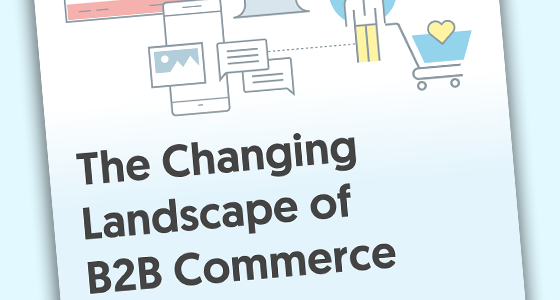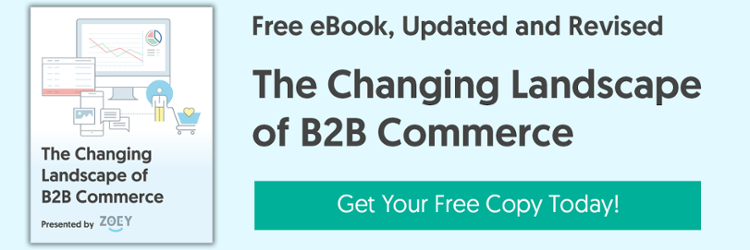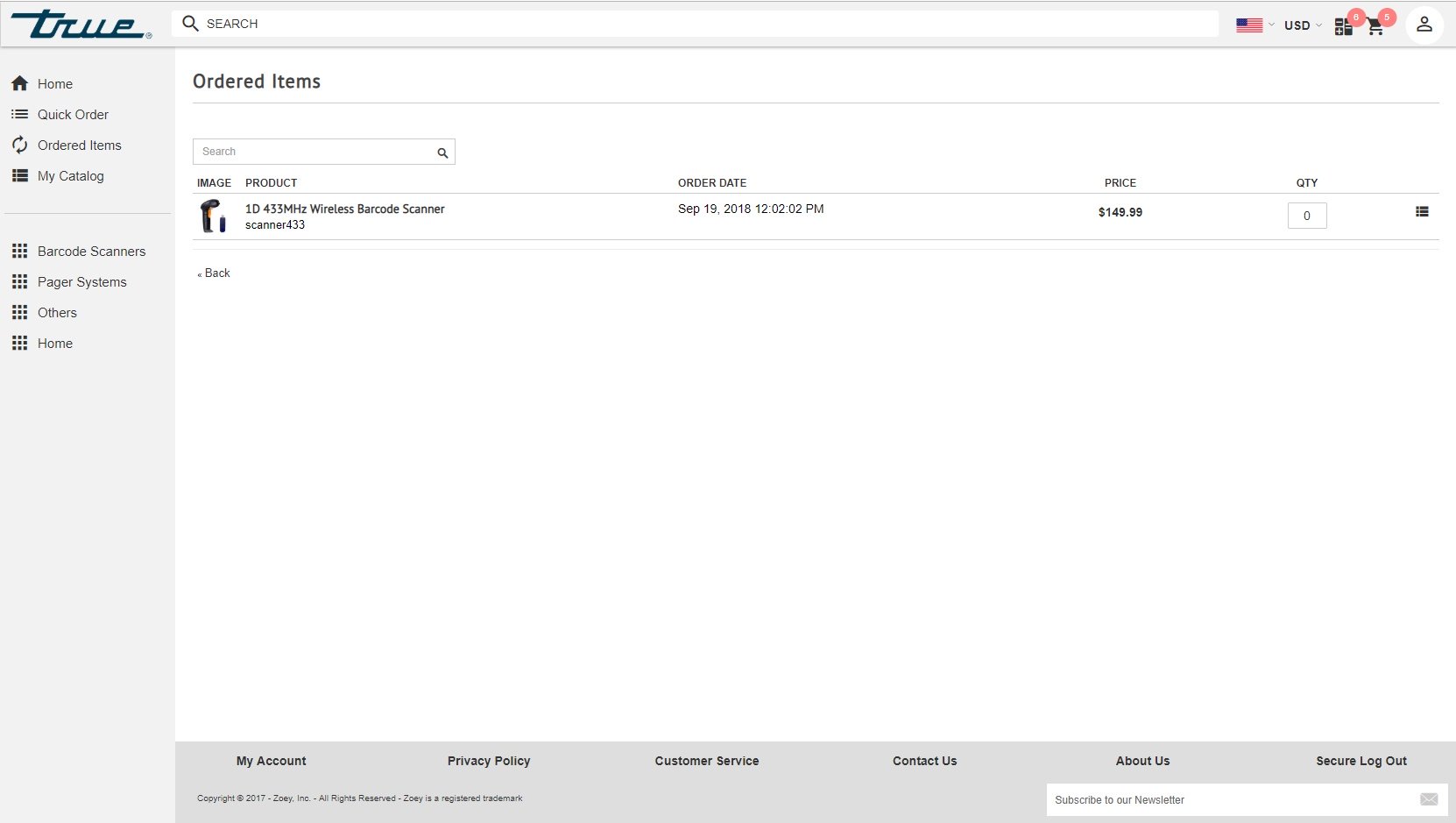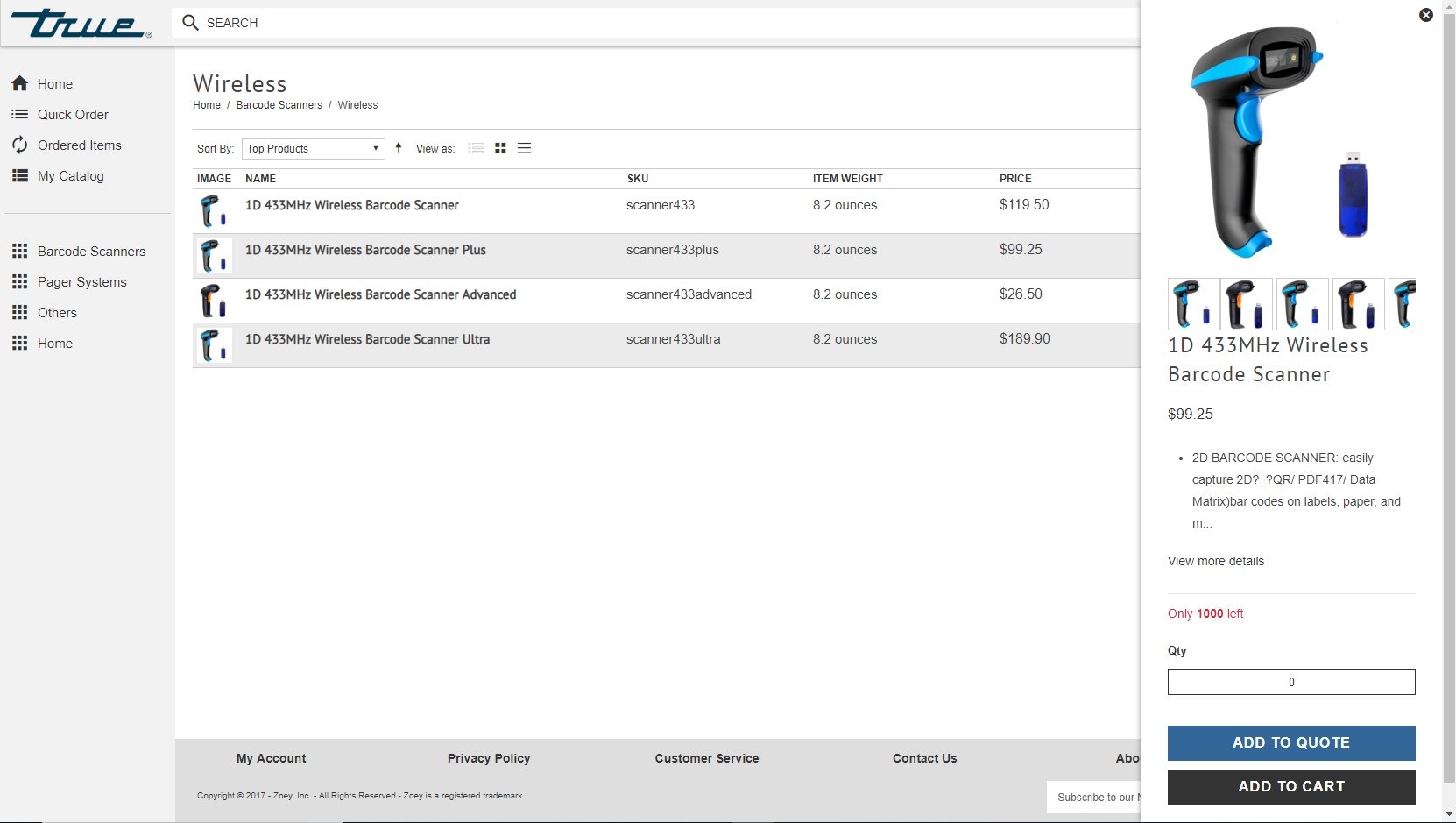Many B2B sales-focused businesses understand the importance of having an online presence, but a smaller number have found the right approach for leveraging an Ecommerce channel. There’s a variety of reasons why B2B businesses are behind their B2C counterparts:
- The tools for selling online that specifically supported B2B businesses were either very expensive, very custom or very limiting
- B2B transactions had the tendency to be larger and more complex. creating additional hurdles for using Ecommerce successfully
- Many B2B buyers weren’t comfortable yet with the idea of shopping for their purchases online
Choosing a B2B Ecommerce Platform
All three hurdles above have been slowly removed, and more customers are increasingly willing to do at least part of their buying online, as many B2B buyers have become more acclimated to Ecommerce as B2C customers when they’re at home. Better, as new tools become available, the pricing for off-the-shelf capabilities are a fraction of their custom counterparts, so B2B businesses that aren’t yet selling online can get started with a smaller investment, without compromising on the features that they need.
If you or your customers are still new to Ecommerce, especially when it comes to B2B purchases, it’s important that the solution you select will be able to support efforts to over time migrate customers to using the online store as a tool. Some of your customers will become nearly self-sufficient, while others will work with your team, and the site, in a more hybrid form that still leverages the efficiency of the technology to make buying easier. The end result will be increased chances of success with your online store, as your existing customers begin to leverage it and make use of your investment.
Ecommerce Platform Features and Benefits
With that in mind, here are some ways that you can leverage the tools within your store to encourage your customers to take the plunge online with you. These tips were taken from our newly revised and updated eBook, “The Changing Landscape of B2B Commerce,” available for free right now!
Provide Access to Order History
Depending on your approach, you may cut over cleanly to the new website and draw a line in the sand on when order history begins. In other cases it may be possible to carry over order history from a previous B2B Ecommerce platform. Services like Cart2Cart can sometimes facilitate this process, but it’s not a perfect approach, and any data migration will have its own challenges.
If you are able to take this approach, however, having order history available to your customers is an easy way to entice them to check out the website. Many B2B businesses appreciate having access to this information for a variety of reasons, whether it be seeing what items they previously purchased, or locating an order if needed internally for reporting.
My Account and Tracking Orders
Once you’re using an Ecommerce solution as a communication channel for your customers, getting real-time updates via email and through the website of order tracking information and status updates will get customers engaged with their My Account capabilities. It’s one of the easiest and most efficient ways to get customers to begin exploring what your site can offer them.
An additional component that can be leveraged is order comments when there’s delays or additional information to provide. That information, which can also be sent out by email, would further encourage customers to check in on the site for information throughout the life cycle of an order.
Once in My Account, customers can discover other features provided to make their lives easier, so it’s important to make sure My Account offers additional value for your customers as well. Such options may include:
- Reordering capabilities using an existing order as a basis
- The ability to see which items were most recently purchased
- The ability to manage lists of items for retention for the future
- Payment, billing and shipping information settings, including the ability to add/edit/delete information from each
Merchants who have customers placing frequent orders of similar items will particularly find these helpful in making their site a valuable source of information.

Approval of Draft Orders and Quotes
For those customers who are reliant on salespeople, getting them comfortable with the website may be as simple as having them work with their salespeople, and using the website as a bridge to review orders before completing the purchase.
Salespeople can have their normal conversations with a customer, and then set up a quote, or draft order, for their customer to review. The customer receives an email asking them to do so, and if they’re happy with what they see, they can complete the order right then and there. If there’s something they’d like to change, by editing quantities or items, they have the option to do so within the same screen, or they can call their salesperson.
Customers also should have the ability to request their own quote, a step towards taking matters into their own hands by being able to build a draft order or quote on their own without salesperson interference. Salespeople can review and adjust the quotes, either in terms of items or pricing, to send back to a customer based on the order specifics and the customer in question, maintaining that hands-on touch that some customers will certainly appreciate.
As customers get more comfortable with the technology, they can start to be more self-sufficient, freeing up salespeople to drive additional new sales as well, instead of just serving the existing customer base.
Replacement of Paper Catalogs
B2B businesses in many industries used to leverage paper catalogs to help customers understand what’s available for purchase, and understanding the different options available in a product line. Print catalogs are very expensive to develop and mail, however, so many businesses are leveraging their websites as a replacement. For customers who are not as comfortable yet with online shopping, encouraging them to browse and use the website as a replacement for that catalog can be another way to begin getting them comfortable with online shopping.
Your online catalog can provide a number of ways to leverage your existing website to satisfy print catalog users:
- Searchable database of existing products
- A compare feature that lets a customer see the differences between two items in the catalog line-up
- The ability to filter the catalog by specific traits, if a customer is looking for a product that fits certain parameters
- The ability to download one-pagers that might have previously been included in the catalog, to allow for printing/sharing of content with those who are not technically savvy
- Share features that allow emailing of products or product lists to other members of the customer’s team
Take the Plunge with a Powerful B2B Ecommerce Solution
If you’re ready to begin transacting online with B2B Ecommerce, or upgrade your website to provide a better experience for your customers to leverage these solutions, Zoey can help you. Zoey’s SaaS solution makes it easier to get up and running with the features you need for success. Contact us to schedule a demo of our capabilities:
And for more ideas on how to leverage technology, download our newly updated and revised eBook, “The Changing Landscape of B2B Commerce,” by clicking the image below:








